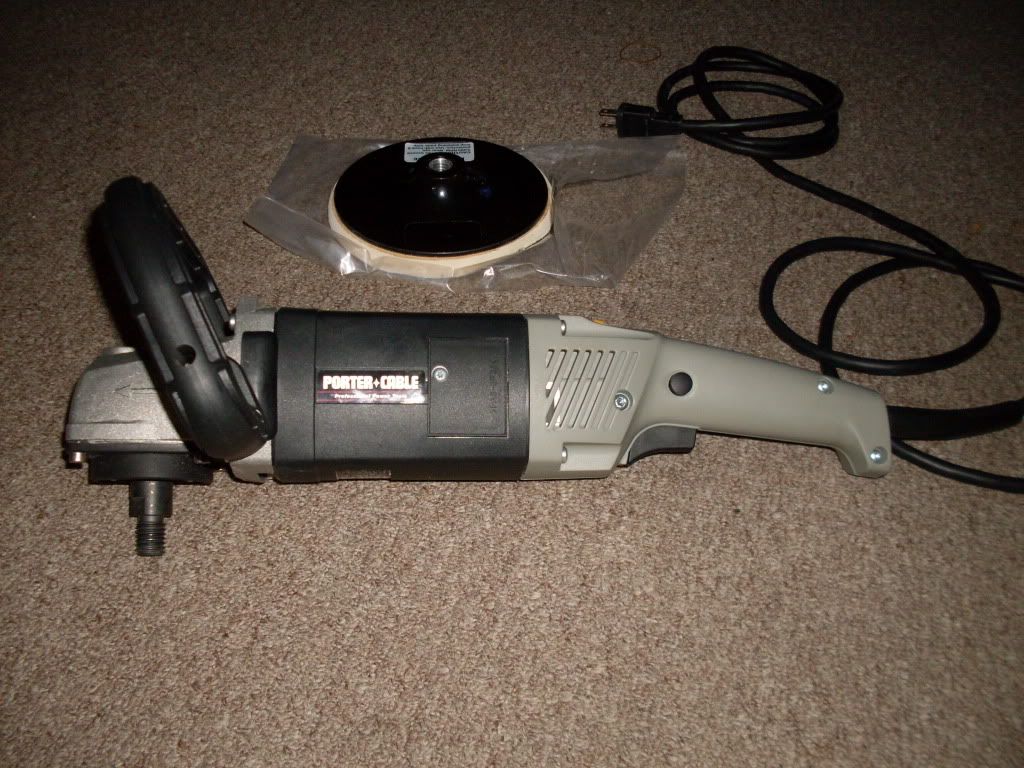WRAPT C5Z06
New member
- Nov 12, 2009
- 12,615
- 0
I love the idea of how lightweight it is. However, could the lowest speed of 1100 ever be a problem finishing, especially soft clears?
Last edited:
Follow along with the video below to see how to install our site as a web app on your home screen.
Note: This feature may not be available in some browsers.
Very interesting. I thought you can get better results from a rotary for final polishing?I would recommend using a Dual Action Polisher for any Finishing work.
A PC going 1000 rpm...do you mean opm? Big difference!No, not really. My PC 7428 goes to 1000 rpm. There isn't a large difference between the two and you'll be operating in the 1500 rpm range for basically everything anyway.
Also, may be it's because I'm a strong guy, but I still don't see what all the big fuss is about the weight of my rotary. It weighs like 8.5 lbs (I think). It's alot like the DeWalt 849. I would suggest a Makita for a nice in between though.
Sorry7428... not 7424.

You can, but it's harder to do without leaving buffer trails.
asphalt has told me that even M205 can leave slight trails and Ultrafina with a blue pad should easily take care of them.


I love the idea of how lightweight it is. However, could the lowest speed of 1100 ever be a problem finishing, especially soft clears?
What's the benefit of using a 6.5" pad on a rotary compared to 7.5"? Or vice versa..The old saying, the right tool for the job applies here...
I love the Flex 3403 because of it's lightweight, quality build and ample power, but just note the body does get pretty warm when buffing over time with a large pad. If you stick with the smaller pads it's not a problem.
Also if you use the handles like you're supposed to it's not a problem, I tend to remove handles and just hold the head or body and also the grip.
The Makita with the widest range of RPM's helps to make it a top choice for a full size rotary buffer.
In a perfect world we could all have one of each in our garage.
Just to note, all of our polisher will be available to test out during Detail Fest this year. Both the classes on Saturday are primarily showing the right technique to use with the different tools and then turning the students loose to try them out.

Mike, why is it called bragging when you someone can finish hologram free on all paints, is it because you can not achieve this?
What's the benefit of using a 6.5" pad on a rotary compared to 7.5"? Or vice versa..
What's the benefit of using a 6.5" pad on a rotary compared to 7.5"? Or vice versa..